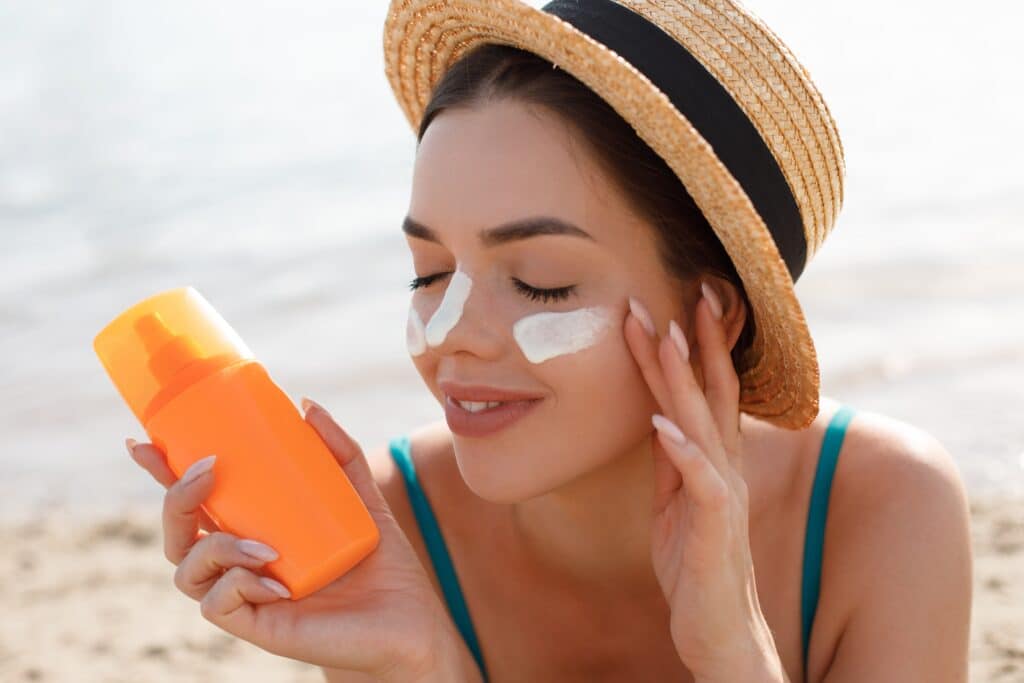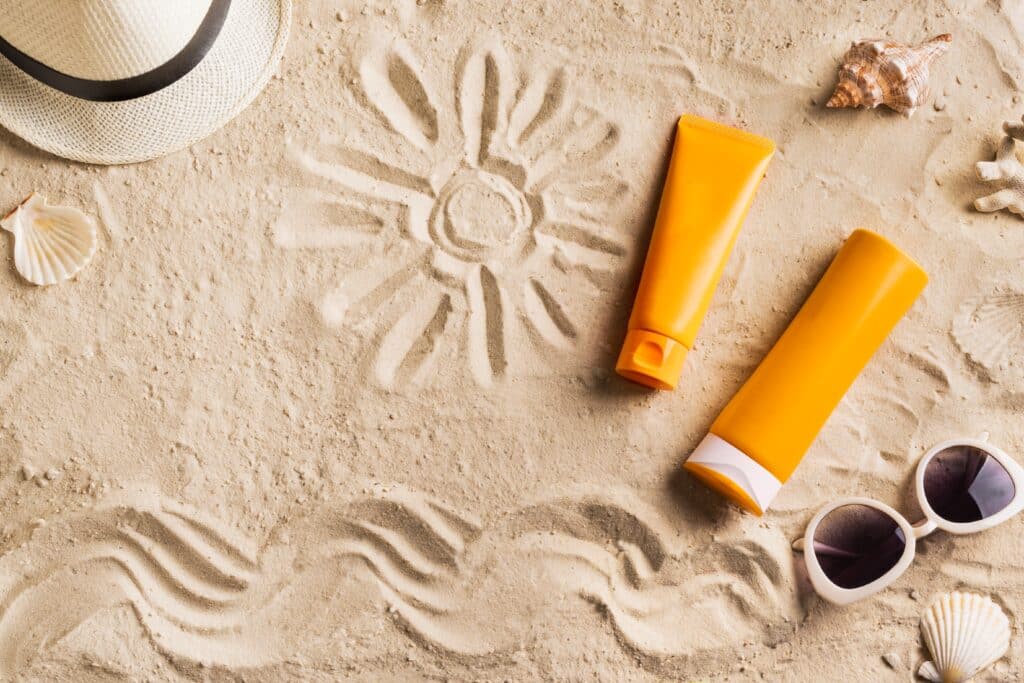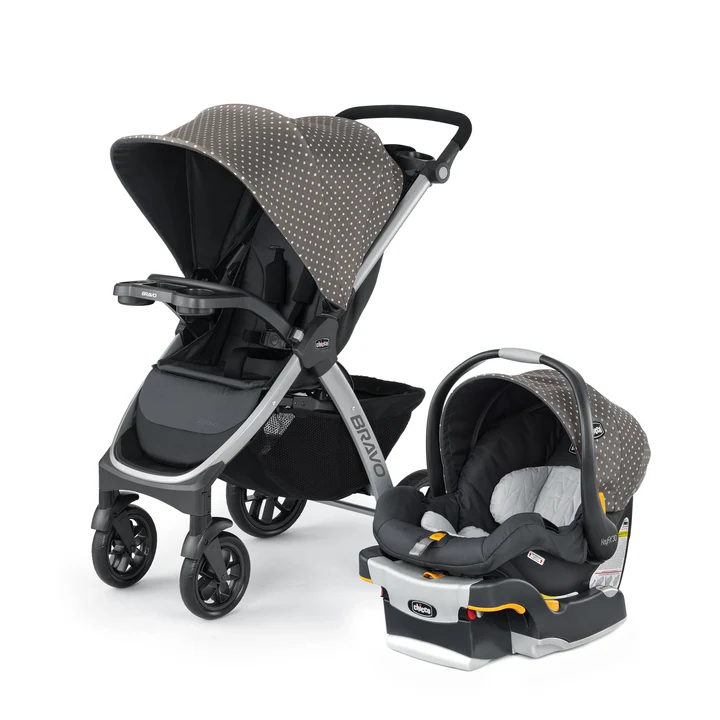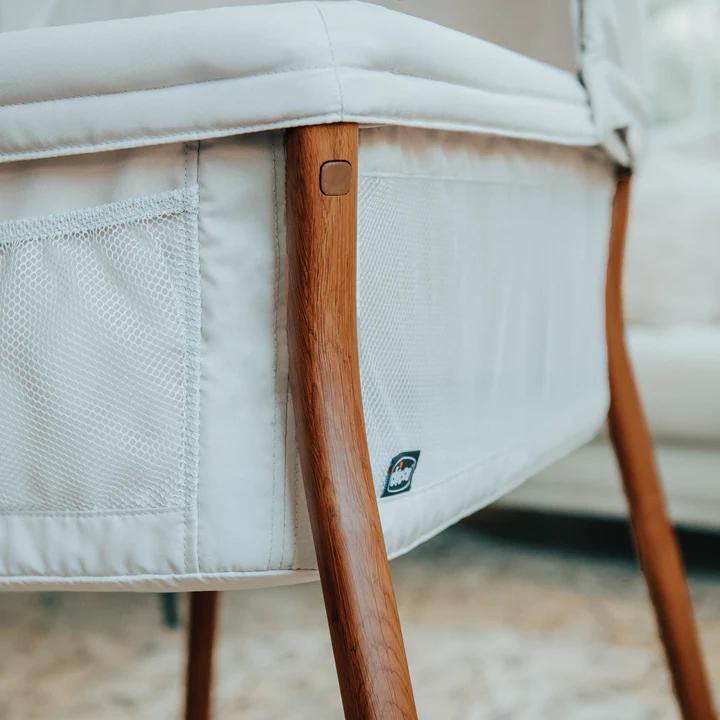“September 5th is forever going to be one of the hardest days of my life.”
May 27 is National Sunscreen Day!
With the official start of summer less than one month away (and many cities across the country already seeing a considerable amount of sun), there’s no better time to talk about sunscreen than right now.
After all, it’s one of the easiest and most effective ways to protect the skin from the sun’s harmful UV rays.
RELATED: Can the color of your child’s swimsuit prevent them from drowning?
“Extensive research has shown that UV radiation from the sun is a significant cause of skin cancers such as melanoma,” Dr. Kathleen Suozzi, a dermatologic surgeon at Yale School of Medicine, told CNN.
“UV radiation has both UVA and UVB, and we know that both of them damage the DNA in skin cells,” she added.
But not all sunscreens are created equal — and some do more harm than good.
That’s why, on National Sunscreen Day, experts everywhere are stressing the importance of choosing the right type of sunscreen and understanding best practices when applying sunscreen this summer.
We’ll dive into all the details below!
Choosing the right type of sunscreen for your skin

If you go to your local department store, you’ll come across dozens of different types of sunscreen.
Finding the right one for you or your child might prove difficult, but most people should be on the lookout for sunscreen labeled as “broad-spectrum,” meaning it protects the skin from both UVA and UVB rays.
UVA rays play a significant role in aging, while UVB rays are best known for sunburns and skin cancer.
You’ll also come across the term “SPF,” or “sun protection factor,” which is a way of measuring how well a sunscreen protects against UVB rays and indicates how much longer your skin can go without burning.
For example, if your skin would normally burn after 10 minutes, an SPF 15 sunscreen would allow you to sit in the sun 15 times longer without burning — meaning you can sit in the sun for up to 150 minutes.
This, of course, is a rough estimate and doesn’t take into account differing skin types.
According to the American Academy of Dermatology Association (AAD), the best type of sunscreen is one that offers an SPF between 30 and 50, which would block between 97% and 98% of UVB rays.
Physical sunscreen vs. chemical sunscreen
Beyond broad-spectrum and SPF, there are two primary types of sunscreen people should be aware of.
Physical sunscreen, or mineral sunscreen, contains titanium dioxide, zinc oxide, or both, while chemical sunscreen uses avobenzone, oxybenzone, octocrylene, ecamsule, homosalate, octisalate, or octinoxate.
According to Dr. Klint Peebles, MD, a dermatologist in Washington, there are pros and cons to both types.
“Physical blockers really work like a shield because they sit on the surface of the skin and deflect the sun’s rays,” said Dr. Peebles, per the American Medical Association (AMA).
“These are generally better for people with sensitive skin and are also the ones that, unfortunately, as of now are more likely to leave that annoying white film on the skin,” Dr. Peebles added.
Physical sunscreen is also more resistant to water and begins working immediately upon application.
But chemical sunscreen works a little differently.
“With chemical blockers, they’re going to work like a sponge and absorb the sun’s rays and get rid of them by converting them to heat,” Dr. Peebles explained, per the AMA.
“They’re often easier to rub into the skin and are the ones that have generally been more commercially available,” Dr. Peebles added.
Experts recommend avoiding chemical sunscreen if you notice a rash or have rosacea.
Best practices when applying sunscreen to the skin

How you apply the sunscreen is just as important as the type of sunscreen you use.
As a general rule of thumb, the AAD recommends using roughly one ounce of sunscreen to protect skin not covered by clothing. It should then be rubbed into the skin, even if you’re using a spray sunscreen.
Some people may need more or less, depending on how much skin is exposed to the sun.
Nonetheless, it should be applied to all skin exposed to the sun, including the neck, face, ears, feet and legs. Those with thinning hair should apply it to their scalp, while SPF lip balm can help protect the lips.
For hard-to-reach areas like your back, ask a friend or family member to apply it for you.
As for how long the sunscreen lasts, the AMA recommends re-applying sunscreen every few hours and especially following exposure to water or sweat — even if the sunscreen is labeled as “water-resistant.”
It should be noted that there’s no such thing as “waterproof” sunscreen.
And, perhaps most importantly, don’t let the lack of sun fool you.
“80% of ultraviolet light passes through clouds. So if it is cloudy, we need to still apply sunscreen,” said Dr. Evelyn Jones, MD, a dermatologist in Paducah, Kentucky, per the AMA.
“That is why — 365 days of the year — if you just plan and are intentional about putting sunscreen on everywhere the sun can see, then you’re going to be better off and better protected.”
Other ways to protect your skin from the sun

Sunscreen is the best way to protect exposed skin from the sun, but it’s not the only way.
For example, covering your skin with lightweight and long-sleeved shirts and pants can help reduce the amount of direct UV ray exposure. The AAD recommends dark over light colors, and dry over wet clothes.
Sunglasses also go a long way in protecting your skin (and eyes) from the sun.
For best results, look for sunglasses that offer 100% UV protection from both UVA and UVB rays or 100% protection against UV 400. Focus less on the appearance and more on the protection the glasses offer.
Furthermore, a wide-brimmed hat and shoes that cover your feet can provide additional protection.
And if you’re truly in a pinch, finding shade (or creating it) can help reduce the direct sun exposure to the skin. If possible, experts recommend staying out of the sun during peak hours of UV radiation.
“To protect against damage from the sun's rays, it is important to avoid the sun between 10 a.m. and 4 p.m., when the sun's rays are strongest,” warns the American Skin Association.
ALSO ON MOD MOMS CLUB: FBI closely monitoring dangerous online network ‘764’ that preys on children
As much as we all love the sun, protecting the skin from it should be everyone’s priority this summer!












